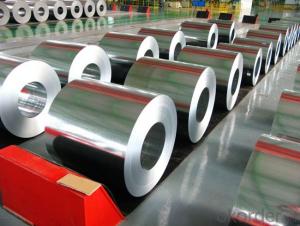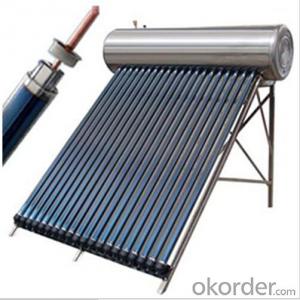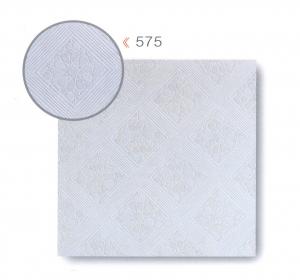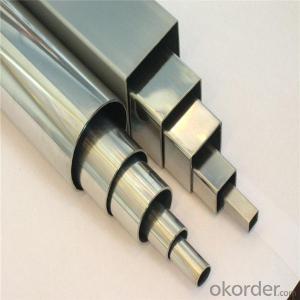317 Stainless Steel
317 Stainless Steel Related Searches
Best Paint For Stainless Steel Blanket Insulation For Steel Buildings Primer For Galvanized Steel Foam Filter For Stainless Steel H S Code For Stainless Steel Surface Grinding Wheels For Stainless Steel Surface Grinding Wheels For Hardened Steel Hole Saw For Stainless Steel Paint For Stainless Steel Stainless Steel For BbqHot Searches
Steel Mesh Panels For Sale Price For Stainless Steel Scrap Scrap Price For Stainless Steel Price For Stainless Steel Stainless Steel Tank For Sale Stainless Steel Sheets For Sale Cheap High Tea Sets For Sale Stainless Steel Tanks For Sale Stainless Steel For Sale High Density Fiberboard For Sale Solar Hot Water Collectors For Sale Scaffolding For Sale In Uae Scaffolding For Sale In Ireland Scaffolding For Sale In Houston Type Of Inverter For Solar Price Of Shipping Containers For Sale Types Of Inverter For Solar Stock Price For Aluminum Used Solar Inverter For Sale Steel Mesh Panels For Sale317 Stainless Steel Supplier & Manufacturer from China
Okorder.com is a professional 317 Stainless Steel supplier & manufacturer, offers integrated one-stop services including real-time quoting and online cargo tracking. We are funded by CNBM Group, a Fortune 500 enterprise and the largest 317 Stainless Steel firm in China.Hot Products
FAQ
- What is stainless steel decorative tube? What uses does it have?
- Is a hollow steel strip, used as pipe conveying fluid, such as oil, gas, water, gas, steam, in addition, the bending and torsional strength of the same, the weight is light, so it is widely used in the manufacture of machinery parts and engineering structures. It is also used to produce all kinds of conventional weapons, guns, shells and so on.
- Yes, stainless steel pipes can be magnetized if they contain a sufficient amount of ferromagnetic elements, such as iron, nickel, or cobalt. However, most stainless steel pipes are non-magnetic due to the low iron content in their composition.
- Yes, stainless steel pipes can be coated for additional protection. Coatings such as epoxy, polyethylene, or fusion-bonded epoxy can be applied to stainless steel pipes to enhance corrosion resistance and prolong their lifespan.
- Yes, stainless steel pipes can be used for underground drainage systems. Stainless steel is a durable and corrosion-resistant material that can withstand the harsh conditions often found underground, such as moisture, soil chemicals, and varying temperatures. It is also resistant to rust, which is a common problem in other types of pipes. Additionally, stainless steel pipes have a long lifespan and require minimal maintenance, making them a suitable choice for underground drainage systems.
- What kind of stainless steel square tube is used in ordinary square tubes?
- In the industry of stainless steel tube is mainly used to do some pipelines, of course in the construction industry and its use is more widely used, such as shutters, staircase handrails, railings, road partition and so on, at present, many products are used in stainless steel pipe, such as bicycles, medical equipment, automobile and so on.
- In order to determine the necessary wall thickness of stainless steel pipes, it is essential to take into account several factors. The initial consideration is the internal pressure that the pipe will be subjected to. This pressure is typically expressed in pounds per square inch (psi) or bar. The formula for calculating the required wall thickness due to internal pressure is as follows: t = (P * r) / (2 * S - 1.2 * P) Here, t represents the required wall thickness, P represents the internal pressure, r represents the pipe radius, and S represents the allowable stress of the material. The second factor to consider is the external pressure that the pipe will encounter. External pressure is typically caused by elements such as soil or fluid pressure. The formula for calculating the required wall thickness due to external pressure is as follows: t = (P * r) / (2 * S + 1.2 * P) The third factor to take into account is the maximum allowable deflection of the pipe. This is crucial to ensure that the pipe does not deform or fail under specific loads. The formula for calculating the required wall thickness due to deflection is as follows: t = (0.0625 * (w * L^3)) / (E * I) In this formula, t represents the required wall thickness, w represents the uniform load on the pipe per unit length, L represents the effective length of the pipe, E represents the elastic modulus of the material, and I represents the moment of inertia of the pipe cross-section. Moreover, it is important to consider the material's yield strength when determining the required wall thickness. The yield strength indicates the maximum stress that the material can endure before experiencing permanent deformation. It is crucial to select a material and wall thickness that can withstand the anticipated loads and pressures while maintaining safety and reliability. For more accurate calculations, it is advisable to refer to relevant design codes, standards, or engineering handbooks that are specific to stainless steel pipes. It is highly recommended to seek professional advice from a qualified engineer or structural designer to ensure the accuracy and safety of the design.
- The maximum diameter of stainless steel pipes can differ based on the manufacturer and supplier. Nevertheless, stainless steel pipes usually span from smaller sizes, like ½ inch or 1 inch, to larger sizes, such as 36 inches or beyond. It is crucial to acknowledge that obtaining bigger diameters might be restricted and necessitate special orders or customization. It is, therefore, recommended to consult specific manufacturers or suppliers to ascertain the maximum diameter they provide for stainless steel pipes.














































